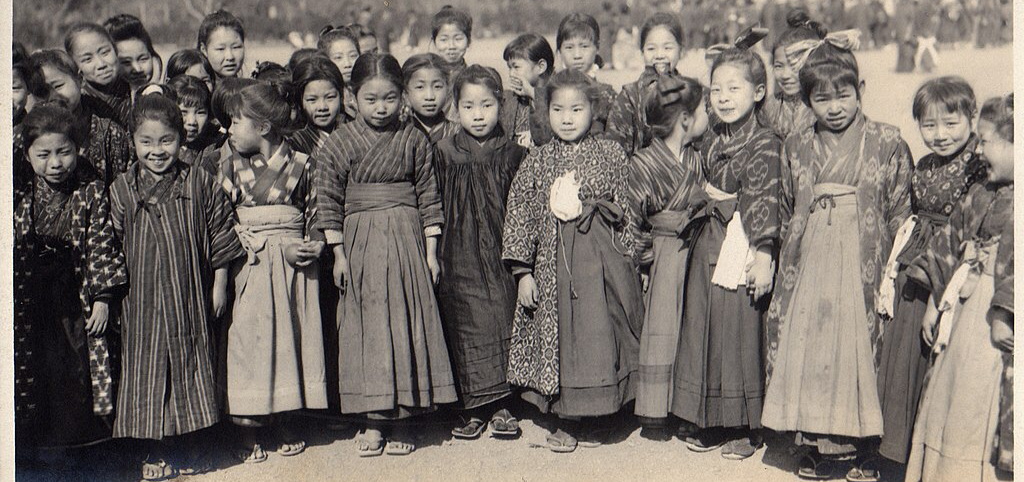Reposting this from Emory’s student-run East Asia Collective Newsletter:
China and South Korea Blast Japan’s Defense Minister
China and South Korea on Friday blasted Japanese Defense Minister Nobuo Kishi’s visit to the war-linked Yasukuni Shrine in Tokyo. Kishi paid his respects at the shrine for war dead that is seen by neighboring countries as a symbol of Japan’s past militarism, two days before the anniversary of Japan’s surrender in World War Two. Nearly eight decades after the end of the war, Yasukuni remains a potent symbol of the wartime legacy in East Asia and a flashpoint for tension with China and both Koreas. Among those honored at the shrine are 14 World War Two leaders convicted as “Class A” war criminals by an Allied tribunal in 1948.
Given Kishi’s visit, China expresses its strong dissatisfaction and resolute opposition, saying that Kishi’s act reflects “Japan’s wrong attitude toward its history of aggression and its sinister intention to challenge the postwar international order.” Lee Sang-ryol, South Korean Foreign Ministry’s director-general for Asian and Pacific affairs, also criticizes Kishi’s act as it damages the trust between the two countries. Lee summoned Naoki Kumagai, deputy chief of mission at the Japanese Embassy in Seoul, to lodge a protest, urging Japanese leaders to reflect on past wrongdoings and demonstrate their sincerity by their action.
Read more:
https://www.japantimes.co.jp/news/2021/08/14/national/south-korea-china-kishi-yasukuni/
https://indianexpress.com/article/explained/yasukuni-shrine-japan-explained-7453565/

